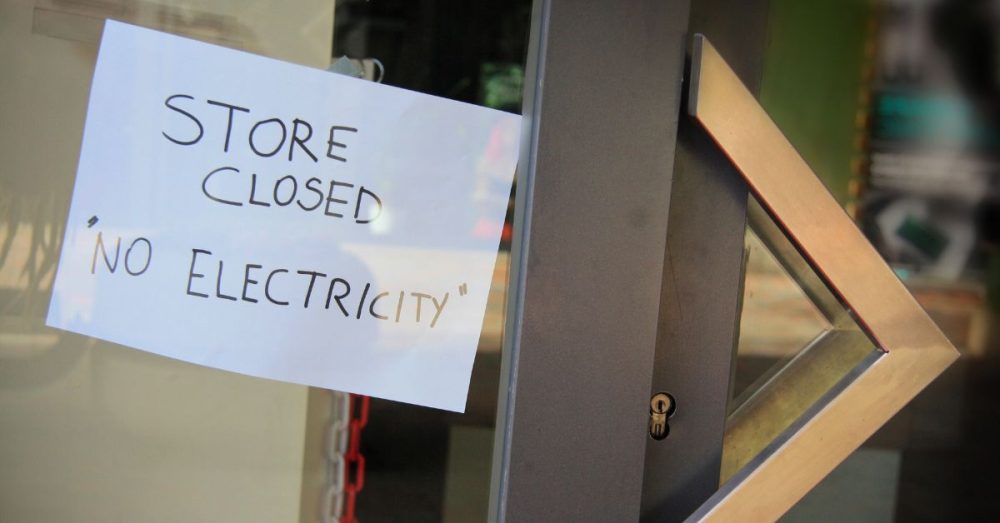In the aftermath of Hurricane Beryl’s devastating impact on Texas, the state finds itself grappling once again with the recurring issue of power outages.
Despite the recent legislative focus on boosting power capacity in the state, the strength of Texas’ electric grid remains a pressing concern, particularly its vulnerability during severe weather.
As previously reported by The Dallas Express, Hurricane Beryl, which made landfall on July 8, left over 2.6 million customers across Southeast Texas without electricity long after the storm.
CenterPoint Energy, responsible for maintaining the majority of Houston’s power infrastructure, has faced many challenges in restoring power as crews continue to replace damaged poles and wires and clear debris. Tensions have been rising in the city, as many residents have gone weeks without power following the storm, and feel that CenterPoint has not sufficiently communicated updates to its clients.
Earlier this month, a man was charged for allegedly pointing a gun at a lineman working to restore power, reported Fox 26.
Despite Centerpoint’s restoration efforts, hundreds of thousands of Texans remained in the dark weeks after the storm.
The recurring nature of such outages shows a systemic issue: Texas’ electric infrastructure is, and has been, ill-equipped to handle the severe storms that hit the state.
According to experts, the current system is not designed to withstand the frequency and intensity of storms like Hurricane Beryl, reported The Texas Tribune.
Texas holds an unfortunate ranking, leading the nation with 210 weather-related power outages between 2000 and 2023, as reported by Climate Central. The next closest state, Michigan, saw only 157 outages during that same time period—a difference of 25%. Texas saw nearly double the outages as fourth-place North Carolina (111).
Utility companies like CenterPoint and Oncor have proposed ambitious plans that require billions of dollars in investment to address these vulnerabilities in the energy grid.
CenterPoint’s proposal is for a $2 billion initiative to reinforce poles and wires specifically, leveraging federal and state funds to balance the cost. Similarly, Oncor has listed a nearly $3 billion cost estimate for its grid strengthening plan. Oncor’s plan also includes initiatives such as pole replacement, the installation of underground wires, and better tree trimming services, reported The Texas Tribune.
State officials, grappling with the extensive power outages after Hurricane Beryl, have begun to pivot toward addressing infrastructure resilience as a critical component of Texas’ future energy policy.
Recent legislative sessions have focused primarily on boosting power generation capacity after the 2021 winter storm debacle that also resulted in prolonged outages for many Texans.
However, now the emphasis appears to be shifting towards fortifying energy distribution and acknowledging that a new approach is necessary to safeguard against future disruptions, especially those caused by severe weather.
As covered in a recent report by The Dallas Express, Gov. Greg Abbott condemned CenterPoint for its lackluster response after the hurricane and demanded improvements from the utility provider.
“CenterPoint has completely dropped the ball with regard to getting power back on,” said Abbott. “An issue that we see in the ongoing response to Hurricane Beryl are life-based issues, not because of the hurricane itself, but because of the lack of power supply. The failure of power companies to provide power to their customers is unacceptable.”
In a statement issued in early July, Texas officials responded to recent remarks by ERCOT CEO Pablo Vegas, who expressed concerns that Texas may require 150,000 megawatts of power to sustain its grid as soon as 2030, Texas Scorecard.
Currently, Texas generates only approximately 85,000 megawatts of power from wind, solar, coal, nuclear, and natural gas.


